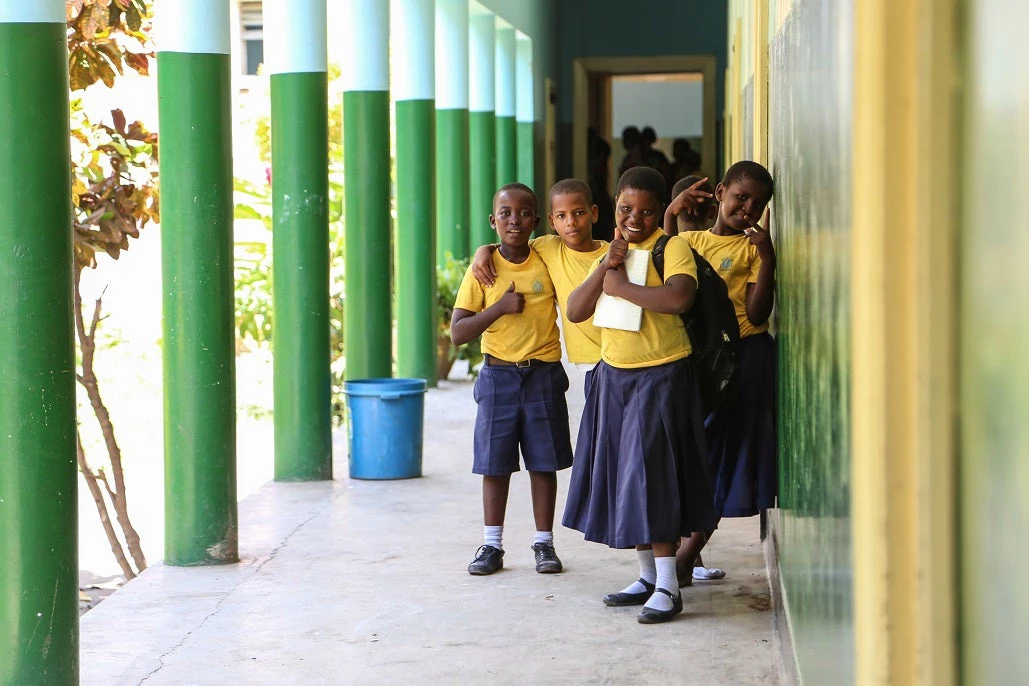
Whew, it’s out!
On October 11, 2018, the World Bank Group released its inaugural Human Capital Index (HCI), a tool that quantifies the contribution of health and education to the productivity of a country’s next generation of workers. The question underpinning the HCI asks, “How much human capital can a child born today expect to acquire by age 18, given the risks to poor health and poor education that prevail in the country where she lives? ” Globally, 56 percent of children born today will lose more than half their potential lifetime earnings because governments and other stakeholders are not currently making effective investments to ensure a healthy, educated, and resilient population ready for the workplace of the future.
To drive urgent action on human capital development, the Bank Group’s Human Capital Project (HCP) is working on two other fronts beyond the Human Capital Index. These are Measurement & Research and Country Engagement.
- More countries are signing on to the HCP Network. In preparation for the release of the HCI, the Bank engaged with 28 “early adopter” countries ahead of the October launch, and building on the momentum in Bali, 11 more countries have joined the Project in recent weeks. The first wave of HCP countries identified a senior HCP focal point within the government, typically in the Office of Prime Minister, Ministry of Finance or Planning, capable of convening and coordinating across the “whole of government” on the human capital agenda. Each country also produced a high-level view of its unique human capital challenges and strategic goals.
- Countries are using the HCI to assess and target in-country variations. In Peru, the World Bank is working with government counterparts to replicate the HCI methodology at the subnational level to better understand regional discrepancies. As long as data on the five components of the HCI are available at the relevant levels of disaggregation for a country (regional, income level, etc.), then calculating the HCI is relatively straightforward. The Peruvian government believes a regional version will highlight important in-country variations and allow for more targeted and customized policy interventions. Similar discussions are underway in many other countries, including Guinea, Malawi, Mali, Niger, and Sri Lanka.
- Countries are exploring a “whole of government” approach. In November, Armenia and Georgia each convened high-level, inter-ministerial discussions on the Human Capital Project and their respective paths forward as HCP countries. For both the Tbilisi event and the one in Yerevan, which was chaired by the Deputy Prime Minister, participants joined from various ministries, including finance, economy, labor, health, social affairs, education and science. Together, they reflected on the national human capital priorities prepared for Bali and assigned inter-ministerial working arrangements, roles, and responsibilities for next steps.
- Civil society is engaging in the discussion. The HCI was featured in Poland’s largest daily newspaper focused on economics and policymaking, Dziennik Gazeta Prawna, and in TVP, one of Poland’s leading evening news shows (with average viewership of around 2 million). This publicity helps enable individuals, families, employers, and non-governmental organizations to engage in the discussion of human capital and its importance. In late October, the Global Partnership for Social Accountability (GPSA) hosted its 2018 GPSA Global Partners Forum with the theme, “Money Matters: Public Finance and Social Accountability for Human Capital.” Hundreds of practitioners and thought leaders across civil society, governments, academia and business convened in Washington to explore how social accountability plays an important role in the fiscal policy design and implementation of a human capital agenda. In early December, the World Bank Group hosted the 2018 Youth Summit focused on “Unleashing the Power of Human Capital.” With 400 youth leaders from 117 countries attending in person and over 10,000 more participating online, the Summit explored how youth can maximize their, and other individuals’, human capital throughout their lifespan.
- Great support is coming from top leaders. Many world leaders co-signed an open letter to the world on why it should care about the human capital agenda published in the Financial Times on October 11th. World Bank Group President Jim Yong Kim recently appeared at the Global Citizen Festival in Johannesburg, South Africa to call on citizens to demand that leaders prioritize investments in people. He also announced the World Bank Group’s commitment to invest an additional USD $1 billion for health and education in Africa next year.


Join the Conversation